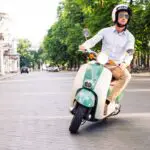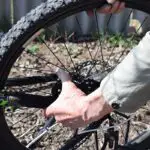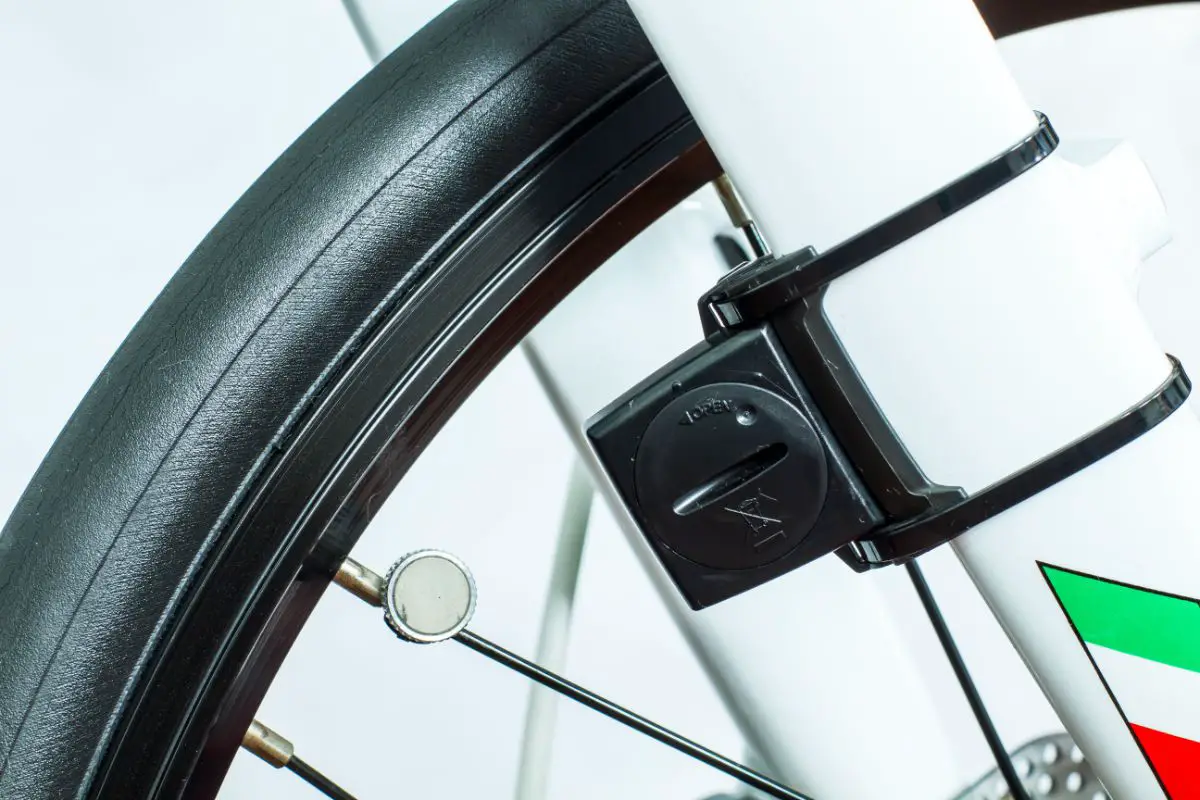
I took up cycling last year after my physician advised me to lose weight and calories that were causing a buildup of cholesterol in my body. Cycling is the perfect sport for beginners who are looking to exercise their hearts and lose weight.
Over the year, I took to the activity like fish to water. However, I knew something was missing when I started visiting cycling forums. While I was able to track my speed and distance manually, I had no idea how many RPMs I was doing.
I realized that I needed to buy a speed and cadence sensor to monitor these crucial metrics. I researched online and selected the best bike speed sensor and cadence sensor for myself, which I share below.
I hope you, too, can find the perfect device to monitor your cycling speed and cadence from my list below. It will be the first step towards a healthier heart and body!
#1 Garmin Speed and Cadence Sensor 2 Bundle
Garmin is, of course, the market leader and the king of all things bike-related accessories. You don’t make $3.35bn without selling quality products.
Coming to their speed and cadence sensors, I suggest you buy the combo because they are both superb.
If you’re in the market for the best technology and don’t mind spending top dollar for it, there is simply no other device I would suggest you. Just go through the details below:
Features
- Tracks live speed and cadence data
- ANT+ and Bluetooth compatible
- Compatibility: Edge computer or other Garmin compatible devices (almost everything is Garmin compatible)
- Odometer for measuring distance
Attaches effortlessly: Both the speed sensor and cadence sensor are easy to install. I could connect the speed sensor to my wheel hub and the cadence sensor to my crank arm in about 5 minutes, with no instructions needed! Both of them will easily fit on any size bike wheels and crank arms.
Garmin Compatibility: While this is obvious, it’s still a big plus point for any cyclist because many apps and devices connect with Garmin’s core services. So you are pretty much guaranteed of getting a compatible device, whichever brand you buy.
Connectivity: The device can create unlimited channels using the ANT+ tech and two Bluetooth channels with your bike computer.
Offline Caching: To me, this is the most significant plus point of this device. Even if you don’t explicitly start a GPS session for tracking your riding, this device will create a session and record your performance.
Automatic Tire Size Calibration: When you configure the sensors for the first time, they will ask you for wheel size. Suppose you don’t provide one; no need to sweat. The device will automatically detect the size when you go for your first ride within the first few minutes.
Pros
- Offline Caching
- Automatic Tire Size Calibration
- Compatibility with Strava, Garmin, and many other systems
- Multiple connectivity channels
Cons
The sensor battery is too close to the housing of the Bluetooth and ANT+ detectors. If you pull at the tab too hard to take it out, your connectivity may stop working.
Suppose you are looking for a speed and cadence sensor that can record your motion even without connectivity and later upload it to your smart devices. In that case, Garmin is the only one on the market that gives you this feature.
#2 Wahoo RPM Speed and Cadence sensor
Wahoo is a close competitor to Garmin, sometimes even beating them out with the quality of their product. Their RPM speed and cadence sensors are highly compatible with nearly every fitness app out there.
Features
- Live speed and RPM data
- ANT+ and RPM sensors
- Compatible with over fifty smartphone apps, including Zwift and MapMyRide
- No magnets
Compatibility: Perhaps the biggest plus point to these sensors is their incredible capacity to connect with any fitness app out there. Do you use Zwift? Check. Kommot? Check. MapMyRide? Check. I can go on, but you get the idea.
Fitness Training Platforms: You can record everything that you do on the Wahoo Fitness app. You can then upload it onto Strava or other favorite fitness platforms to get a seamless experience with your other devices.
No magnets: These sensors are incredibly easy to install. There are no magnets involved here (and hence no magnetic interference either). You can mount the sensors using the mounts provided.
Pros
- Incredible compatibility across apps
- Uploads easily to Strava and other platforms
- No magnets. Installation using the mounts provided
- Real-time data
Cons
- The Strava compatibility is limited because you have to use the Wahoo app to upload the data. This process takes away some of the premium features of Strava.
- The Wahoo speed and cadence sensor combination is an excellent product if you are looking for a compatible device across various apps and technologies.
#3 Magene S3+ Cycling Speed and Cadence Sensor
Magene does not sell speed and cadence sensors as a combination. Instead, their sensors are dual-mode; they work both as speed and cadence sensors. That is why this two-pack of sensors has made our list; it is effectively the same as having a speed and cadence sensor.
Features
- Real-time tracking
- ANT and Bluetooth 4.0 connectivity
- Lightweight design, easy to install
- Multi-device recording.
- Weatherproof
Multi-device recording: One very important aspect of these sensors is that you can record your data simultaneously on more than one device. They emit their data every three seconds, which means that you can do real-time tracking on both your smartwatch as well as your bike computer.
Weather Proof: The sensors are IP 66 rated weatherproof. They will not react to either water or dust.
Lightweight: These sensors are very lightweight. You can install them on the bike or even wear them on your feet to capture all the activity data.
Interchangeable: Both sensors work like both speed and cadence. Therefore, the sensors are interchangeable, and that might be of advantage to regular bike riders.
Pros
- Interchangeable sensors
- IP66 waterproof and corrosion-resistant
- Lightweight, easy to install
- Multi-device simultaneous recording
Cons
- The battery is a bit weak.
Suppose you are looking for a product that can record the data live to many devices simultaneously. In that case, Magene S3+ should be your top contender.
#4 Wahoo Blue SC Speed and Cadence Sensor
This sensor is my second Wahoo product on the list, but for a good reason. This product is a two-in-one device that measures both speed and cadence with a single unit.
Features
- Real-time tracking
- ANT+ and Bluetooth 4.0 connectivity
- Compatible with Wahoo, Strava, Cyclemeter, and other apps
- Works indoors with Zwift and TrainerRoad
- Lightweight and small
- Weatherproof
Easy installation: The device fits almost universally on frames of all sizes. It has rubber clips and zip ties that will adhere to any sized frame.
Compatibility: The device is Bluetooth and ANT+ compatible, so you don’t need any wires to operate it at all.
Works With Most apps: Whether you are using it for your spin class or an actual bike ride, the sensor works with most apps.
Pros
- Single sensor for both speed and cadence
- Lightweight and easy to install
- Connects to all fitness apps
- 100% free of wires
Cons
- The sensor goes into sleep mode to conserve energy. Sometimes it takes quite a bit of work to bring it out of sleep mode.
This product is a singular device, perfect for capturing both speed and cadence by carefully placing its magnets in between the crank arm and wheel rim. If you are looking for a simple device that can do both tasks, this product is perfect.
#5 POLAR Speed and Cadence Sensor
This sensor is my second Wahoo product on the list, but for a good reason. This product is a two-in-one device that measures both speed and cadence with a single unit.
Features
- Real-time tracking
- Bluetooth connectivity
- Compatible with most cycling apps
- Lightweight and small
Lightweight: Both sensors are very light and easy to install on your bike
Compatibility: The sensors can work with Polar V800, Polar V650, and most cycling apps
Uses Bluetooth: The sensors connect using Bluetooth technology
Pros
- Lightweight
- Compatible with most apps
- Uses Bluetooth
Cons
It does not have ANT+ compatibility.
If you are in the market for devices compatible with Polar products, these can be a good option.
Buyer’s Guide: Best Bike Speed Sensor and Cadence Sensor
Technology
Most sensors come with ANT+ and Bluetooth connectivity. Make sure that your sensor has the latest Bluetooth 4.0 or 5.0 compatibility for faster speeds.
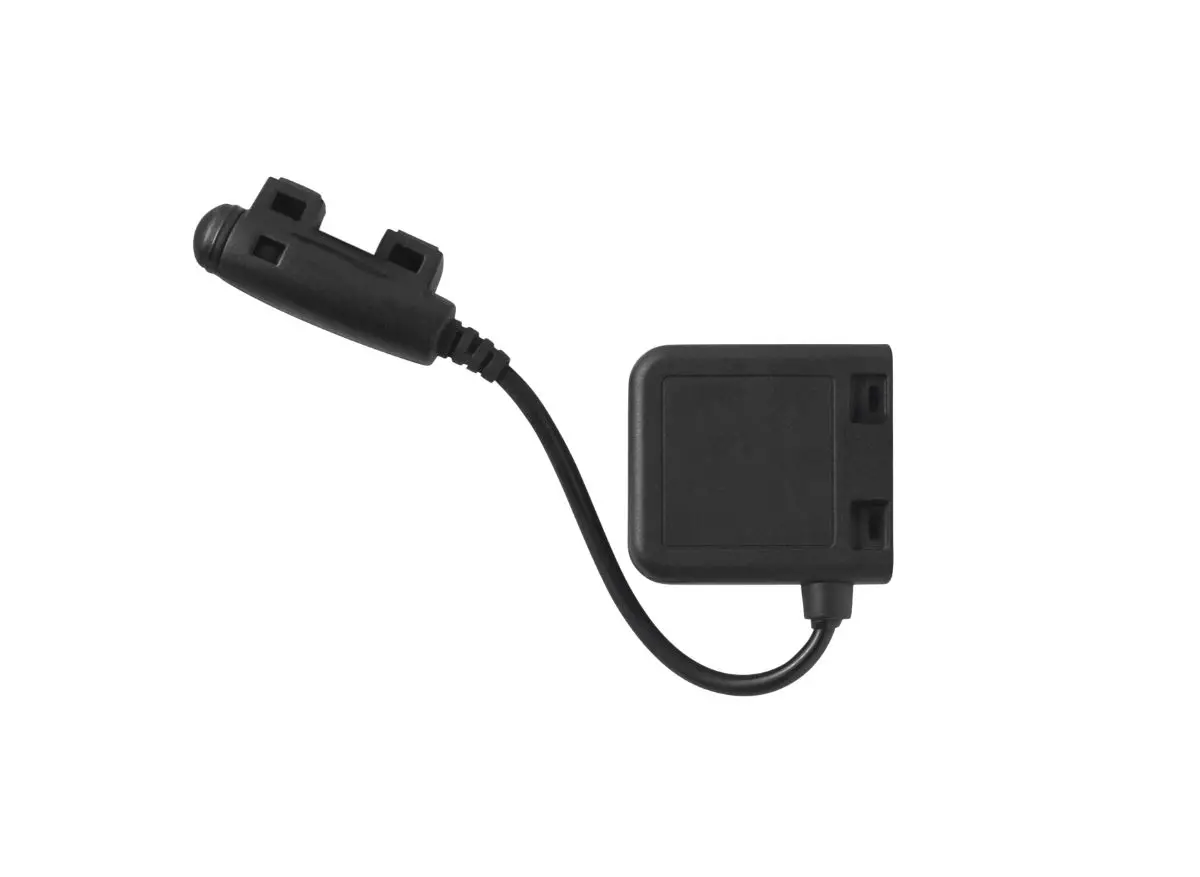
Compatibility
Most of us use a wide variety of apps and fitness trackers to track our movements. Therefore, it makes sense to get sensors to send their information across a wide range of apps and trackers.
Special Features
Many devices come with special features that are important to some bikers but not to others. For example, the Garmin sensors can capture a session even when they are offline. Similarly, some might connect to multiple devices, and others might have better connectivity options.
Frequently Asked Questions: Best Bike Speed Sensor and Cadence Sensor
Are Cadence and Speed Sensors Worth It?
If you are just a beginner at cycling, I suggest you learn to find your level and enjoy the ride. Every person has certain stamina and capability, which takes time to build up. Don’t worry too much about measuring your ride.
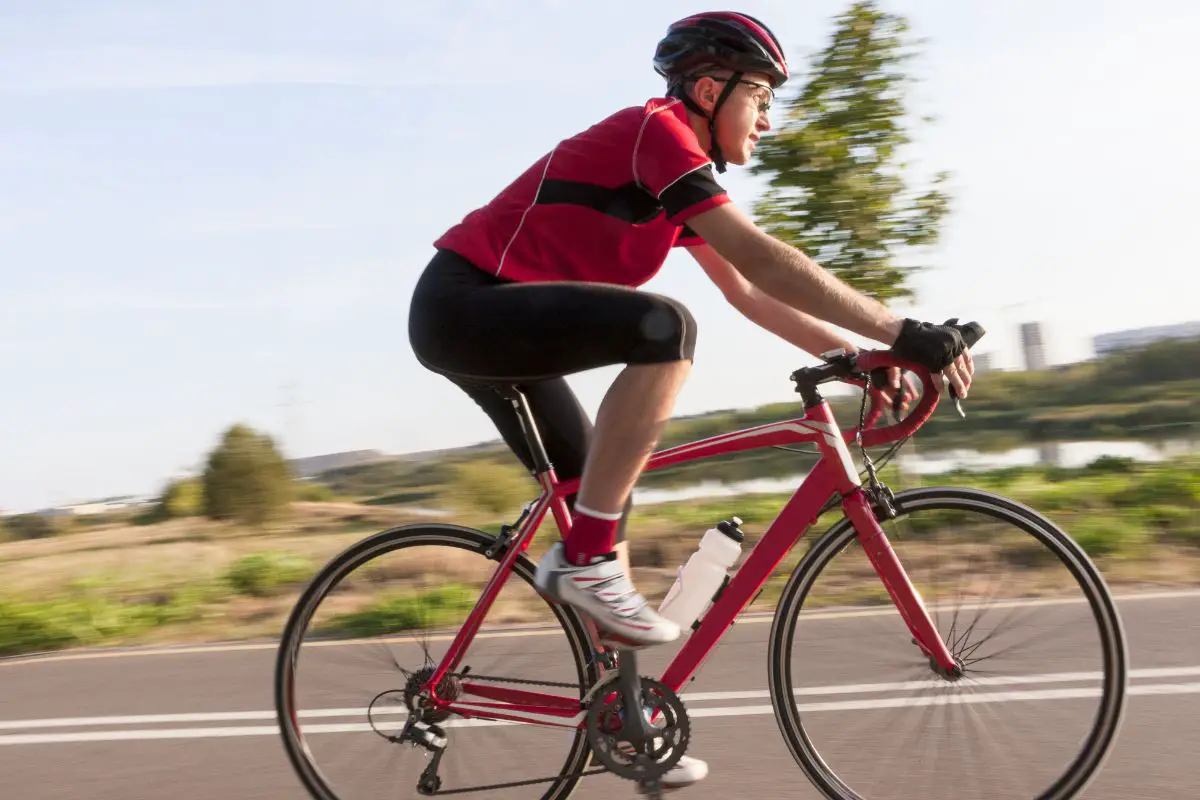
After a while, when you have reached a steady pace, it is probably time to take things up a notch. That’s when getting speed and cadence sensors will help you measure critical metrics for you. You can study your speed, distance, RPMs, heart rate, and other parameters, which you can then compare with other riders to set goals for yourself.
These devices help you monitor your goals and achieve your desired level of fitness.
Can a Cadence Sensor Measure Speed?
The short answer is no. There are two types of sensors available in the market: cadence sensors that measure the rate at which you pedal, and speed sensors measure the bike’s speed. Many gadget-makers provide them as a combination for fitness enthusiasts.
You have to place your cadence sensor on the pedaling apparatus (pedal crank or your shoe). In contrast, your speed sensor usually goes on the hub of the wheel or the chainstay.
Some sensors such as XOSS cadence and speed sensor may even be able to track both, but only one metric at a time. They will have a mode to switch between speed and cadence.
Recently, I have come across combined cadence and speed sensors such as Wahoo’s Blue SC. Perhaps in the future, more such devices will be coming into the market.
Where Should I Place My Cadence Sensor?
There are two ways to do so. Remember that cadence sensors monitor the pedaling motion, so obviously, all mounting methods are related to the pedals.
The first way can be to attach the cadence sensor to the crank arm of the bike. It’s a bit tricky to secure the sensor, but many cyclists prefer this method. It keeps the sensor away from your foot, and the measurements are pretty accurate.
The second option, which beginners usually prefer, is to attach the sensor to your shoe. I don’t recommend this method because it doesn’t give you an accurate reading. Not to mention that I spent an hour once searching for my cadence sensor when it fell off my shoe without me noticing it.
Conclusion
Speed and Cadence sensors help you measure your effort and motivate you to keep coming back harder and stronger. In my opinion, if you are sufficiently advanced, you should certainly get these sensors to improve your performance.
My best choice among all these products is the Garmin, which has offline cached that helps me record my exercise sessions throughout the day.
If you are looking for something that has more value for money, then you might want to consider Magene’s dual combo.




